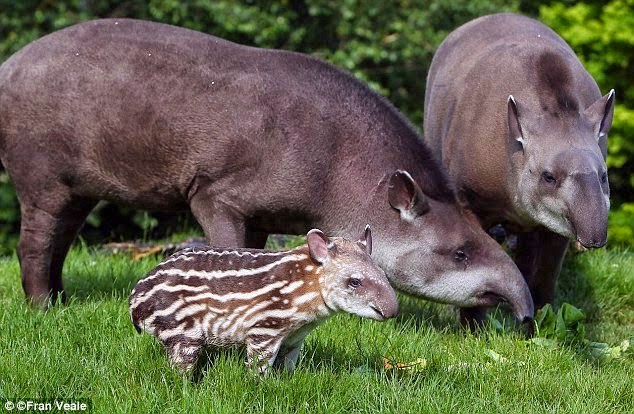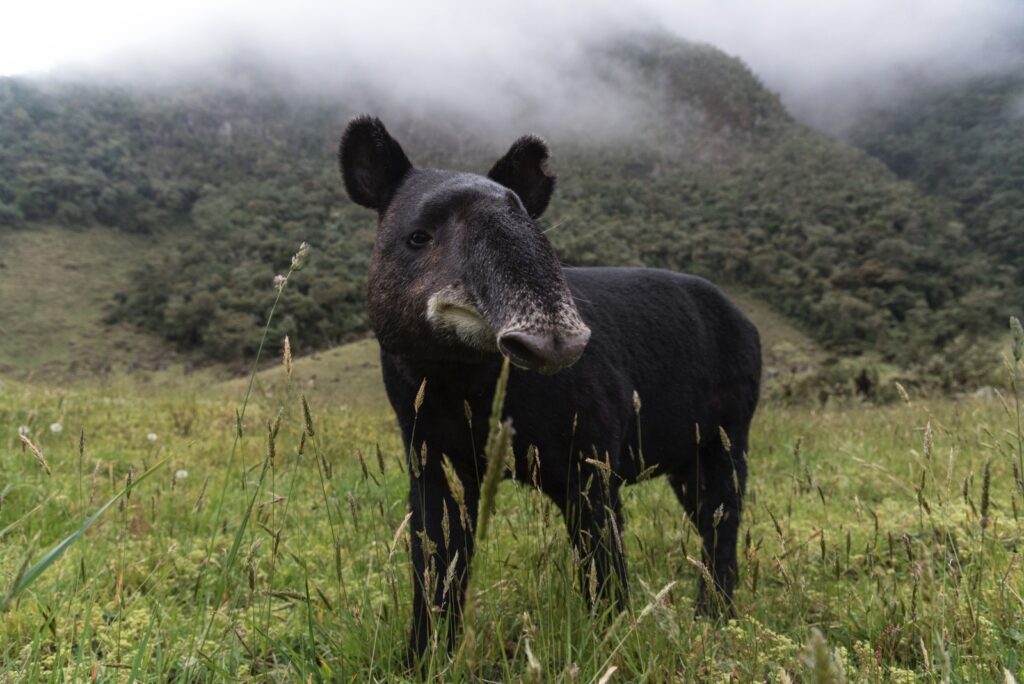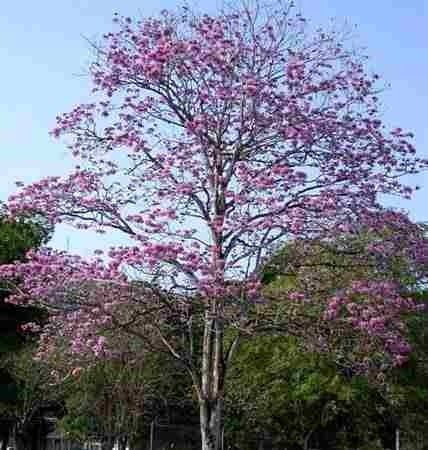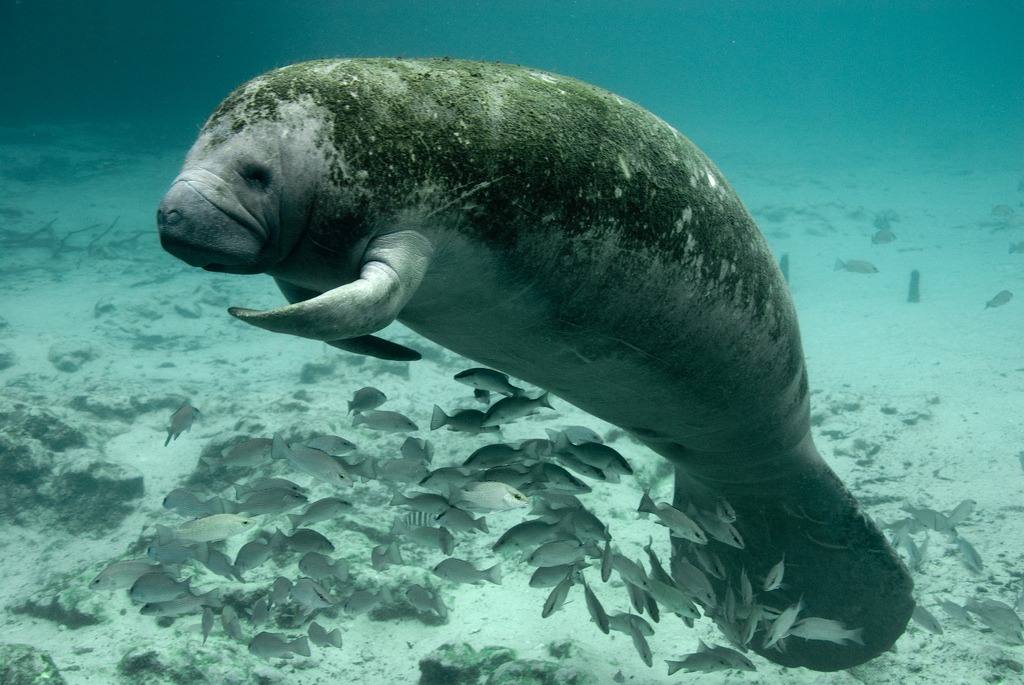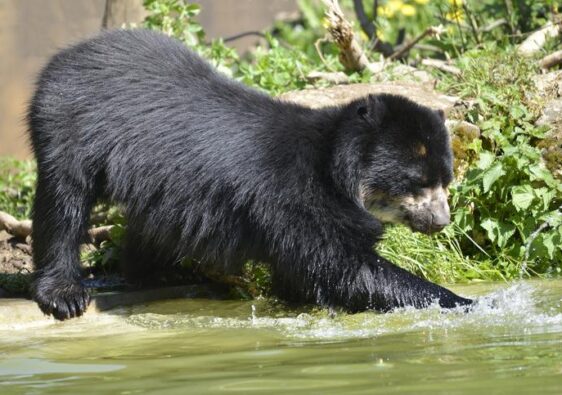RESUME
The Tapir Conservation Plan in the Colombian Amazon is developed in response to the urgent need to address the critical threats faced by the Mountain Tapir (Tapirus pinchaque) and the Lowland Tapir (Tapirus terrestris) in 144 km² of forests in the Amazon basin Colombia, especially in the Kamsá indigenous territory. The population of these ungulates is severely affected by poaching, climate change, and habitat destruction, with projections pointing to their extinction by 2032 if decisive action is not taken.
This plan is articulated in four strategic components:
Educational: Training and awareness raising of approximately 5,000 Kamsá indigenous families, focusing on the conservation of hoofed mammals and sustainable practices. This component seeks to change long-term perceptions and behaviors towards local fauna, aiming at the significant reduction of poaching and illegal trafficking that currently results in the capture of up to 8 tapirs per month.
Creation of a protected natural area: This 144 km² space will serve as a safe habitat for tapir species, complemented by environmental restoration initiatives such as reforestation and channeling runoff to rehabilitate and expand critical ecosystems. It is expected that this protected natural area will serve as a conservation model, replicable in other affected regions.
Sustainability: Establishment of an indigenous secretariat, operated by trained members of the indigenous community, dedicated to the conservation of biodiversity with a particular focus on the protection of tapirs. This organization will work in coordination with the Colombian Forest Foundation and the University of Amazonas, ensuring that conservation strategies are led and maintained by the local community, promoting autonomy and sustainable management of the territory.
Communication: Development and dissemination of digital media materials, scientific articles, and conferences aimed at informing and mobilizing a broader audience, estimated at 50,000 people, about the importance of tapir conservation and the challenges they face. This component seeks to generate awareness and support both locally and internationally, drawing attention to the critical situation of these mammals and the urgent need for conservation actions.
The plan integrates direct collaboration with indigenous communities, academic institutions and environmental organizations to form a strong coalition that ensures the effective implementation of conservation strategies. With a holistic and participatory approach, the Tapir Conservation Plan not only seeks to prevent the extinction of these key species, but also to promote a model of sustainable coexistence that can be a reference for the conservation of biodiversity in the Amazon and beyond.

